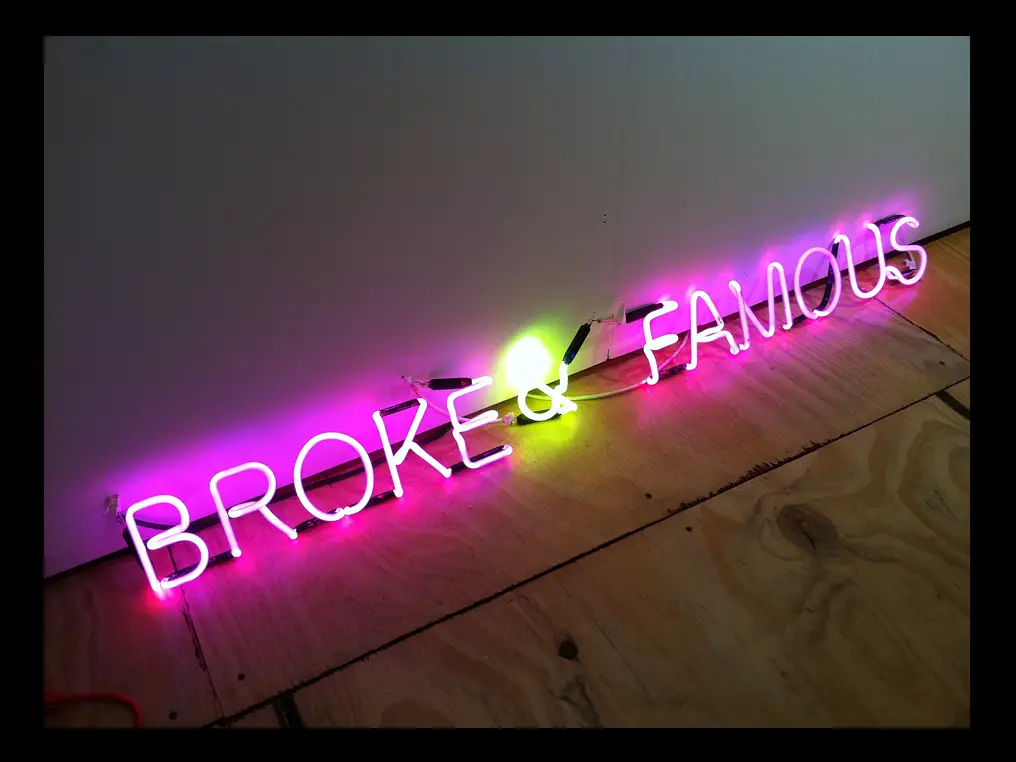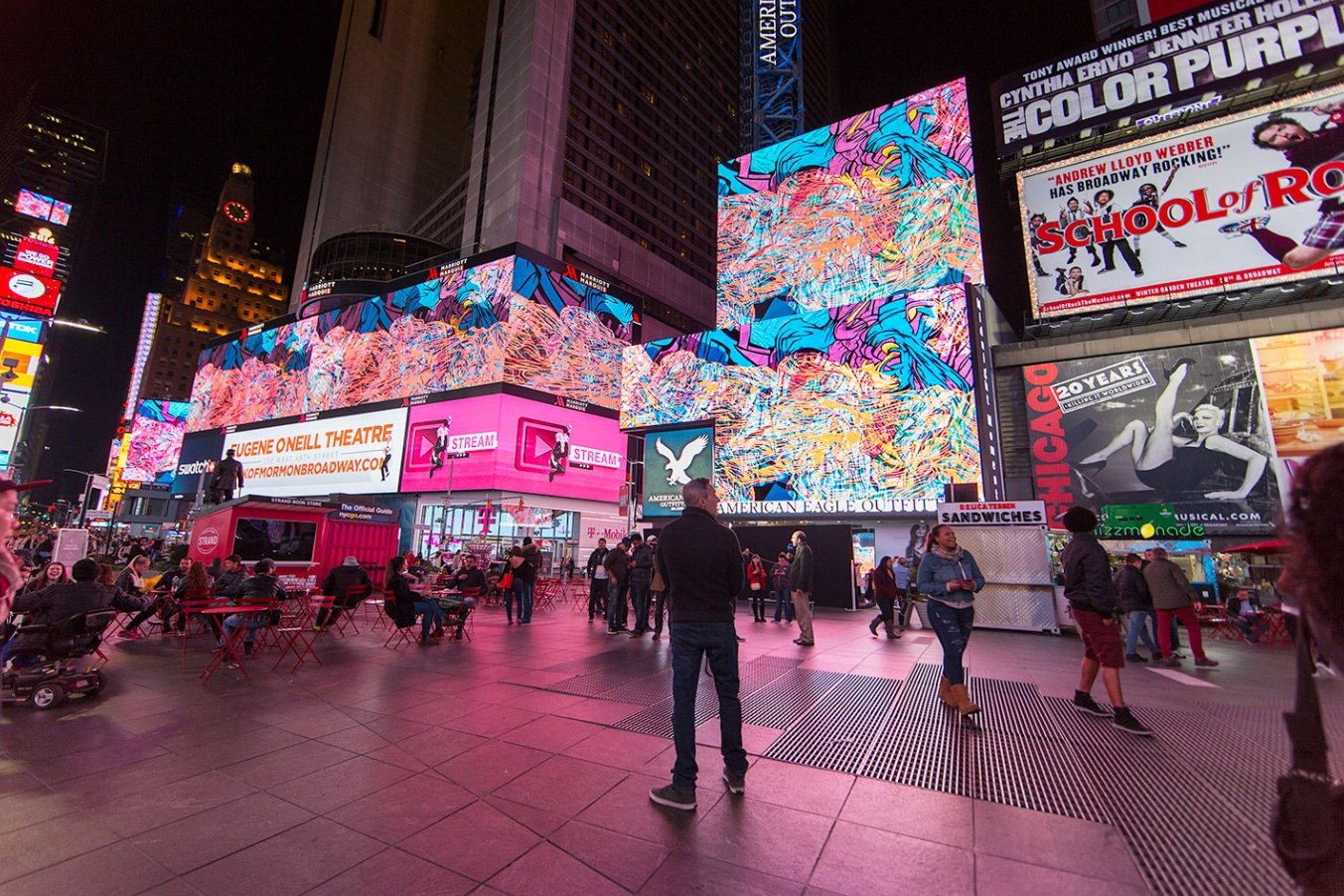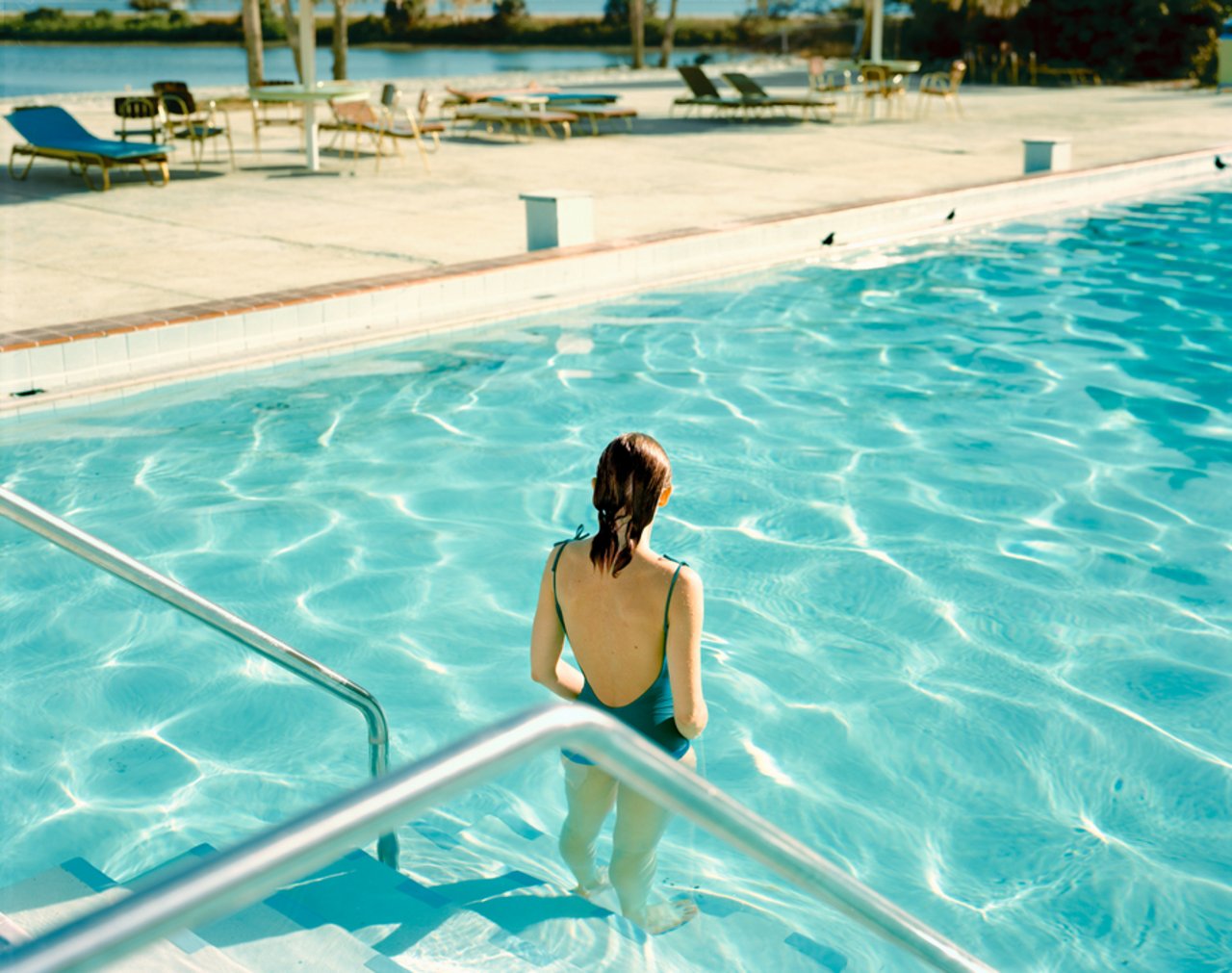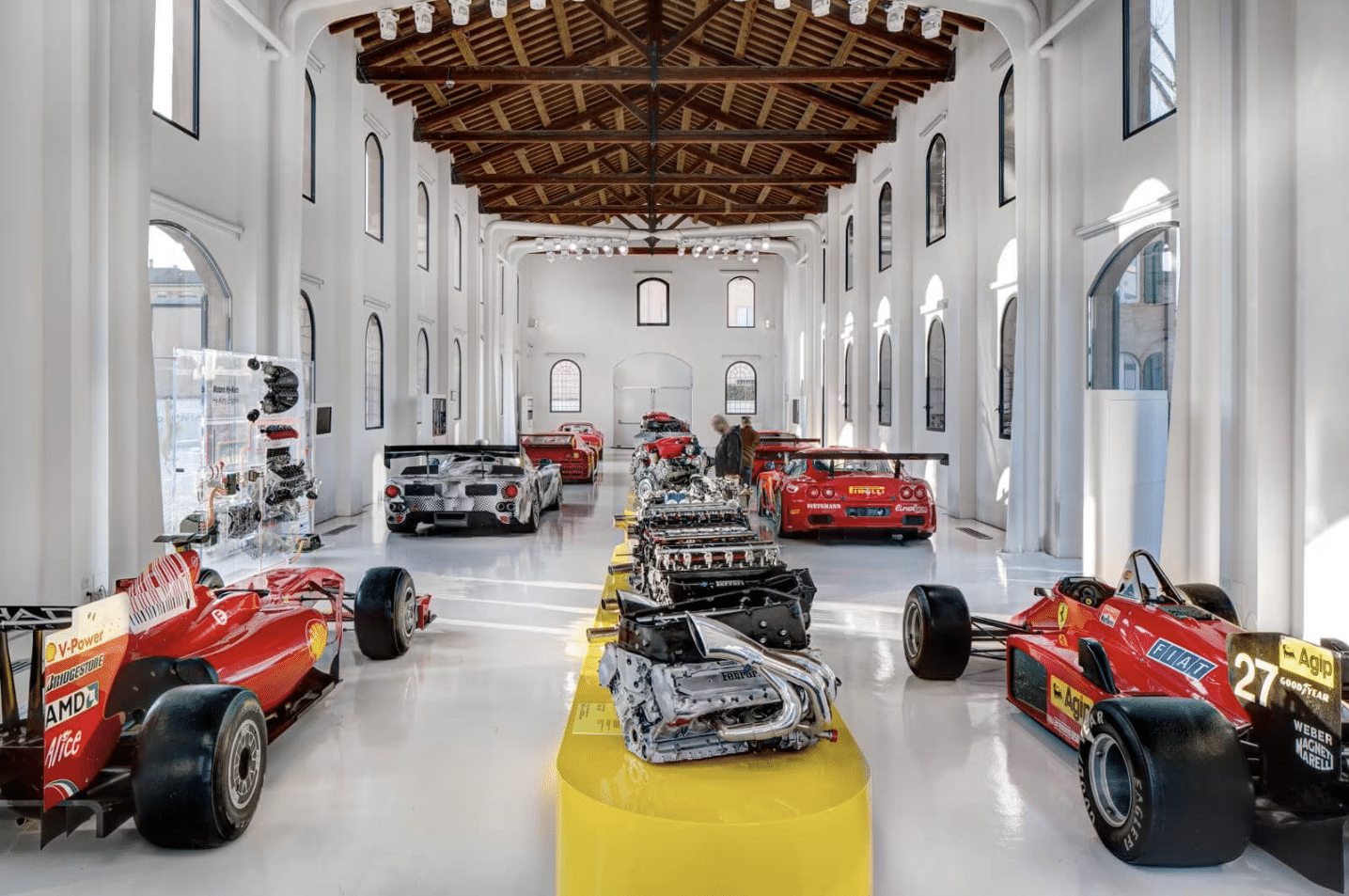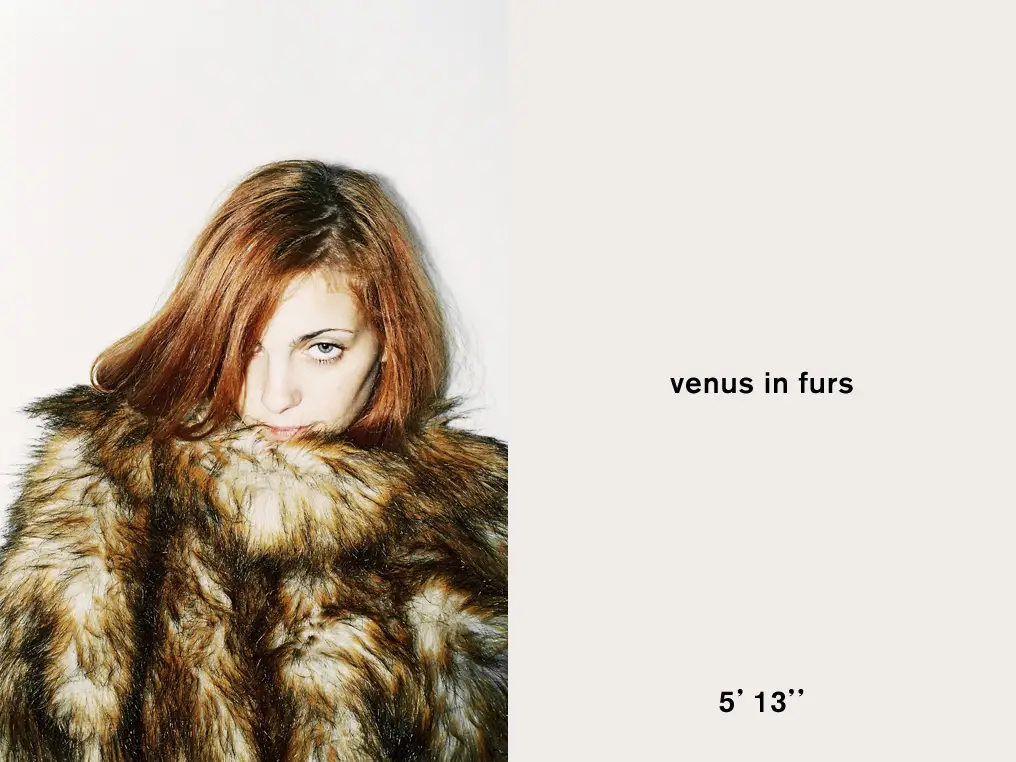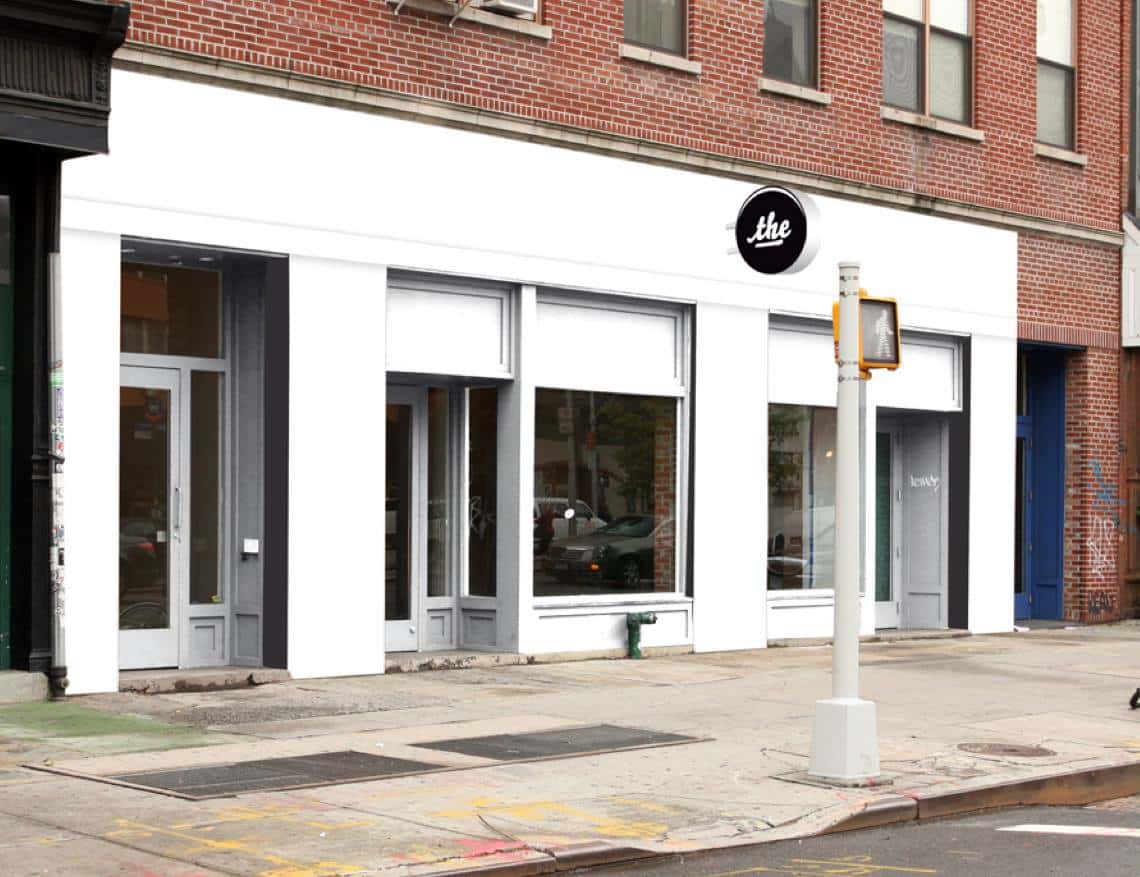Art Miami 2024 and Context Fairs Recap
As the winter sun casts its golden glow over Miami, the city transforms into an epicenter of contemporary art, with Art Miami 2024 and its sister fair, Context Art Miami, taking center stage during the annual Miami Art Week. This year, these fairs have once again demonstrated why they are pivotal in the global art scene, showcasing an impressive array of galleries and artists. Here, we delve deep into what made this year’s events a memorable spectacle for art aficionados, collectors, and the curious alike.
Art Miami: A Legacy of Art
Art Miami, now in its 33rd year, holds a preeminent position in America’s art fair landscape, predating and paving the way for the glitz and glamour of Miami Art Basel. While Art Basel Miami Beach is often the headline-grabber of Miami Art Week, it is Art Miami that laid the foundation for the city’s emergence as a global art hub.
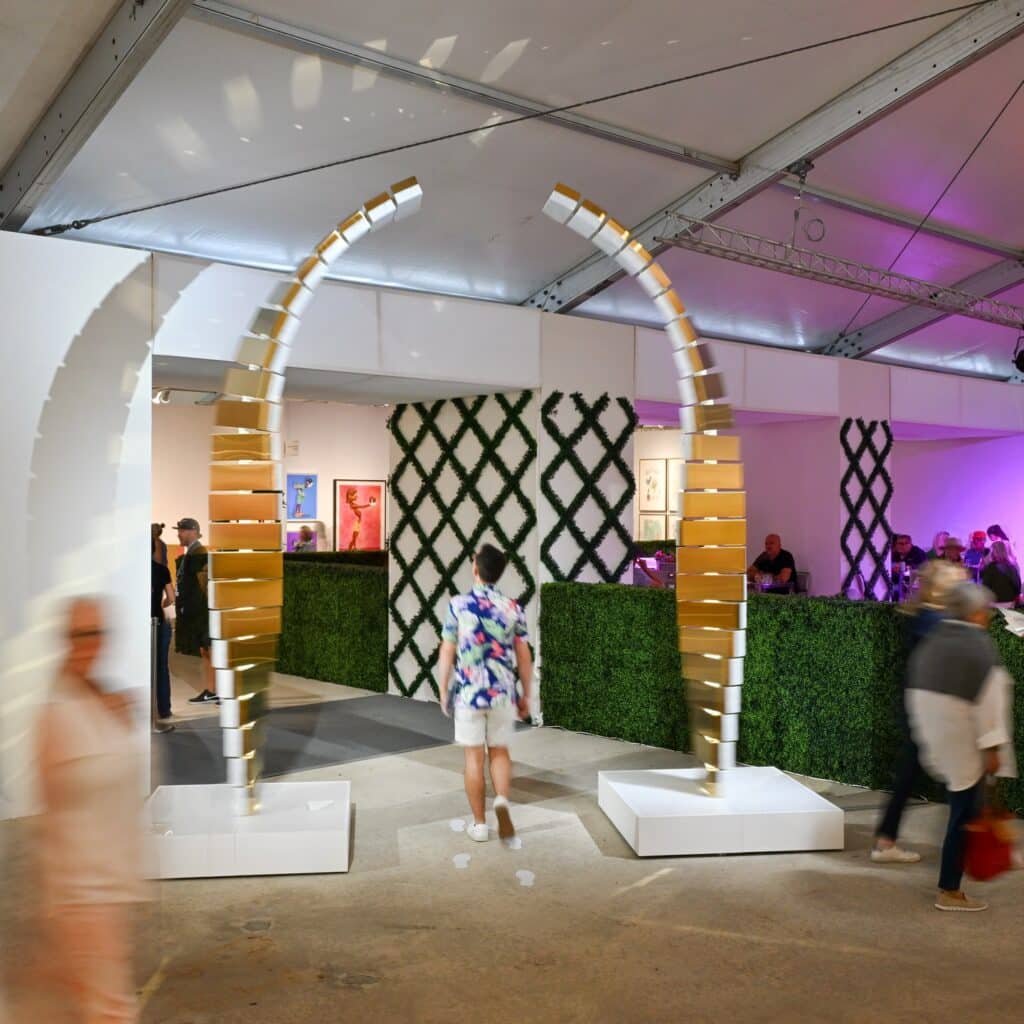
Launched in 1990, Art Miami predates the debut of Art Basel Miami Beach by over a decade, establishing itself as a vital force in the art world long before Miami became synonymous with cutting-edge contemporary art. While Art Basel Miami Beach first arrived in 2002, bringing an international spotlight to the city, Art Miami had already spent years cultivating a loyal audience of collectors, galleries, and artists. It nurtured Miami’s reputation as a destination for art lovers and laid the groundwork for the dynamic art ecosystem that now thrives in South Florida.
With its roots firmly planted in the city’s cultural fabric, Art Miami has remained an enduring tradition where history and innovation intersect. The fair’s scope extends to both modern and contemporary works, offering a broader historical perspective. This unique approach, combined with its longevity, underscores Art Miami’s role as the true pioneer of Miami’s art fair scene and a driving force behind its transformation into a global art capital.
Context Art Miami: The Cutting Edge
Context Art Miami, launched in 2012, is the younger sibling dedicated to emerging and mid-career artists. It’s where one finds the pulse of new artistic movements, offering a more experimental and often provocative display of art.
Context featured 75 galleries this year, with a global representation from Japan, Turkey, Australia, to name a few. Band of Vices and artists like Fred Allard and Raster, were among the highlights, bringing fresh perspectives through their selections.
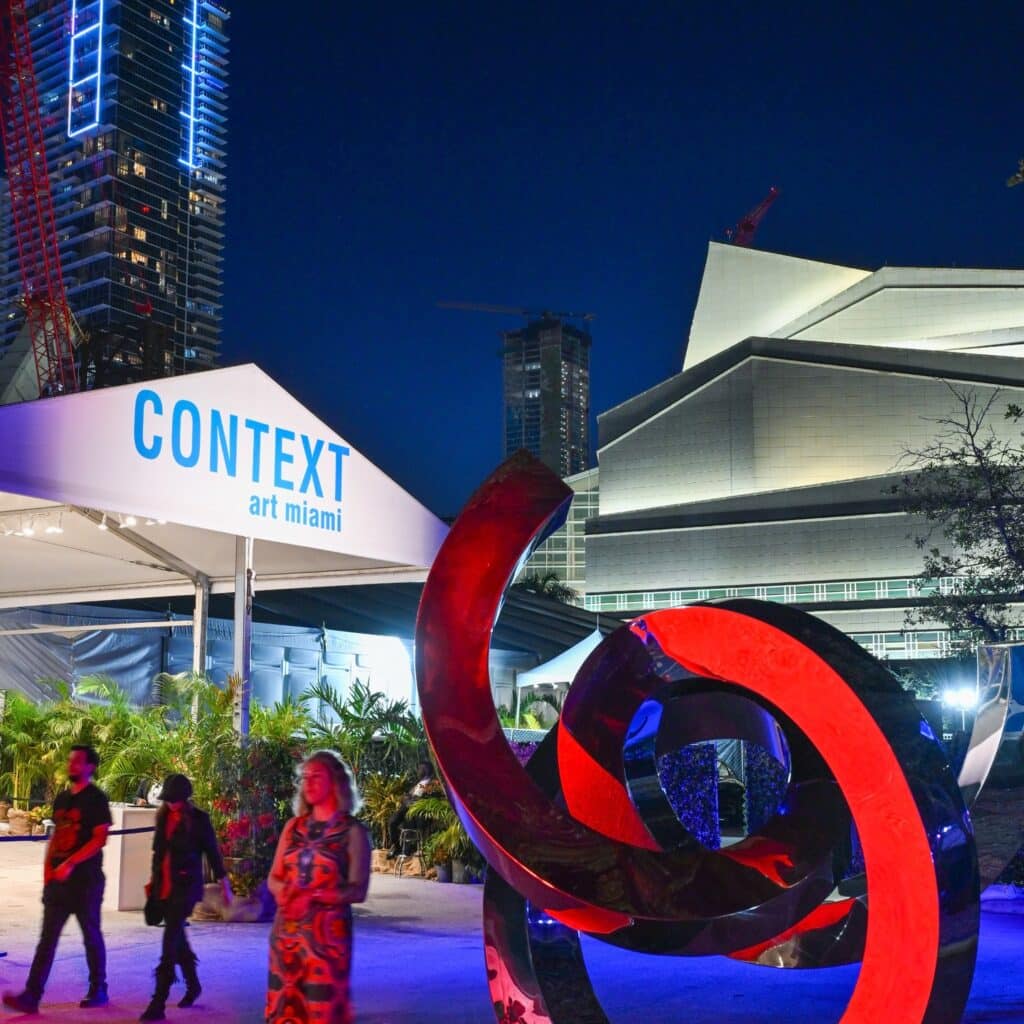
The art fair is known for its solo artist presentations and curatorial projects that offer deep dives into individual artistic visions. This year, the fair continued this tradition, providing curated spaces where the narrative of the art could unfold, often in dialogue with the surrounding works.
Art Miami and CONTEXT 2024 — Artists Spotlight
George Condo (Opera Gallery): A celebrated figure in contemporary art, is renowned for his unique approach known as “psychological cubism.” His works, which blend classical techniques with fragmented, emotive figures, offer a profound exploration of the human condition.
Fernando Botero (Opera Gallery): One of the most celebrated artists at the fair, Botero’s voluptuous figures captured the imagination of visitors. His paintings and sculptures, with their distinctive style of exaggerated proportions, not only depict a whimsical yet critical view of human conditions but also celebrate life’s pleasures and pains, making them a focal point for collectors and art lovers alike.
Frank Hyder (Ethan Cohen Gallery): A renowned American artist celebrated for his vibrant, expressive works that blend painting, sculpture, and installation. Deeply influenced by his travels in South America and Mexico, his art explores themes of identity, culture, and transformation. With over 80 solo exhibitions worldwide, Hyder’s dynamic creations continue to captivate global audiences.

Malcolm Liepke (Rukaj Gallery): Born in 1953 in Minneapolis, Minnesota, Malcolm Liepke is a contemporary American painter celebrated for his intimate oil paintings. Influenced by 19th-century masters like John Singer Sargent and Edgar Degas, Liepke employs loose brushstrokes and a muted palette to create portraits that exude sensuality and tenderness.

Adam Greener (Art Unified): Adam Greener is an artist whose work delves into the youthful imagination, exploring how it processes the chaotic swirl of social and cultural imagery. His large-scale loose-leaf canvases, reminiscent of a grade-schooler’s notebook, feature ink illustrations on handmade sheets, inviting viewers to reflect on the process of growing up.

Iván Quesada (Aurora Vigil-Escalera Art Gallery): A self-taught artist from Oviedo, Spain, Iván Quesada is regarded as one of the nation’s premier portraitists and a master of contemporary figuration. His work is distinguished by creative ambition and a continuous exploration of new forms, showcasing his command of drawing, color, and anatomy.
Huang Yulong (Next Street Gallery): Born in 1983 in Anhui Province, China, Huang Yulong graduated with a Bachelor of Fine Arts in Sculpture from the Jingdezhen Ceramic Institute. His sculptures blend Eastern traditions with hip-hop aesthetics, reflecting the cultural fusion experienced by China’s ‘post-80s’ generation.

Jon Koehler: Born in 1966 in San Diego, Jon Koehler is a self-taught artist renowned for his dynamic, balloon-like steel sculptures. By masterfully manipulating welding techniques, he transforms cold steel into ethereal structures that harmonize with their surroundings, pushing the boundaries of the medium.
Marco Grassi (Grama): An Italian painter born in 1966, Marco Grassi, also known as Grama, resides and works in Lugano, Switzerland. He is acclaimed for his hyper-realistic portraits that incorporate surreal elements, meticulously attending to details to create captivating and unconventional subjects.
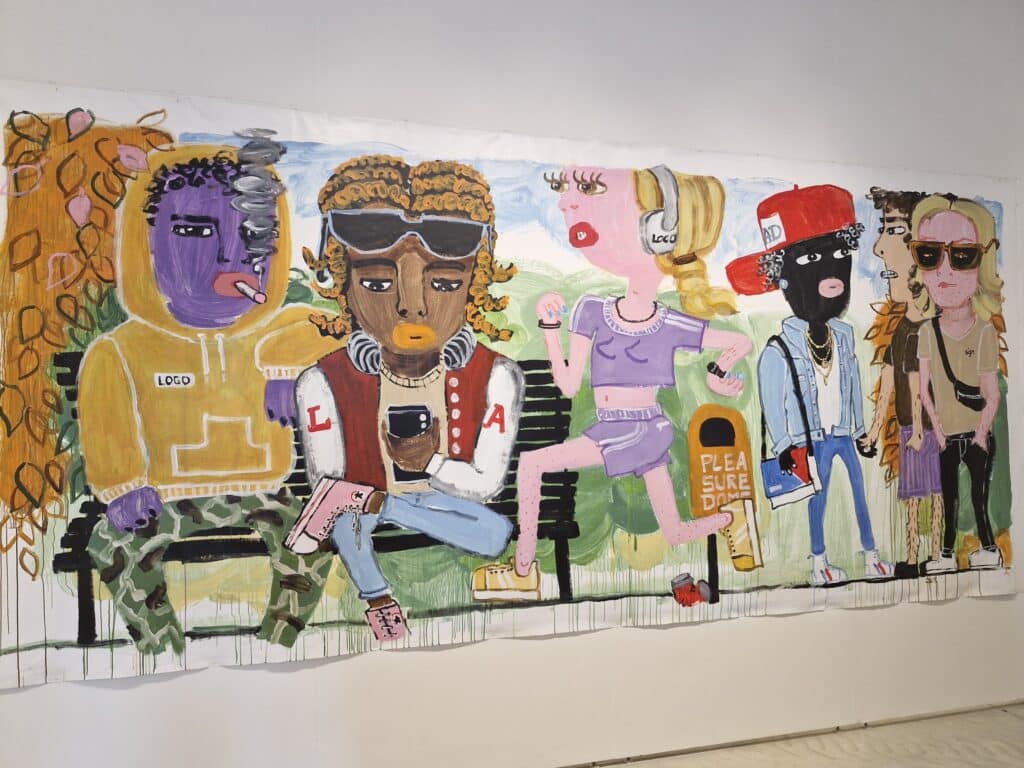
Fred Allard: A sculptor from Nice, France, Fred Allard is an influential figure in the contemporary art scene. His signature “Shopping Bags” series encapsulates consumer culture by preserving ephemeral objects in resin, transforming them into timeless artistic expressions.
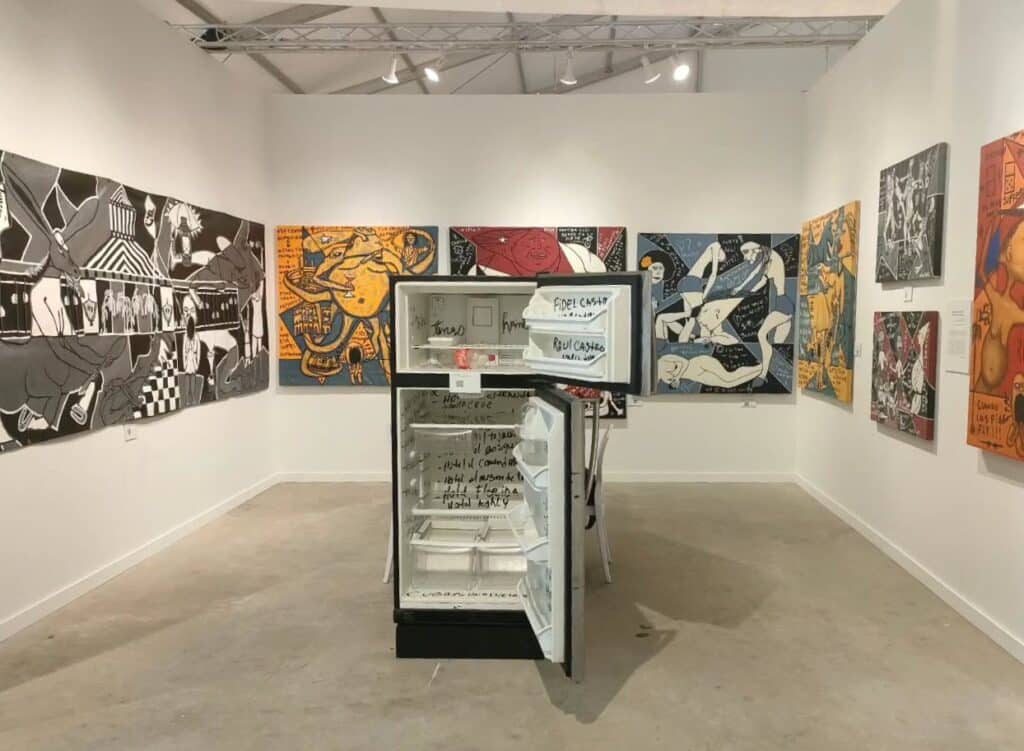
Among the most talked-about pieces at CONTEXT MIAMI was Minos Azahares’ “The Cuban Hunger,” presented by 10k Contemporary. This poignant installation, featuring an open refrigerator with a single bottle of water inscribed with Spanish poetry, symbolized themes of scarcity and resilience. It was lauded as a powerful commentary on economic struggle and cultural identity.
These artists and galleries contributed to the rich tapestry of Art Miami, each bringing their unique perspective and style, creating an environment where art transcends mere aesthetics to engage with broader social, cultural, and personal narratives.

The Synergy of Art and Culture
Both fairs, while distinct in their focus, together paint a comprehensive picture of where art is heading.
- Cultural Dialogue: The open atmosphere of Context, combined with Art Miami’s established reputation, fosters a dialogue not just between artists and galleries but also with collectors. This year, the emphasis was on how art can reflect, critique, or celebrate cultural, social, and political landscapes.
- Emerging vs. Established: Art Miami’s blend of established names with emerging talents creates a fertile ground for the art market to evolve. Context, on the other hand, pushes boundaries further, often showcasing artists who might not have a gallery in the traditional sense, thus promoting new voices in art.
- The Social Scene: Beyond the art, these fairs are social hubs during Miami Art Week. VIP previews, special exhibitions, and after-parties provide a backdrop where art, business, and entertainment intersect. This year, the events were particularly vibrant, with art enthusiasts and socialites mingling, discussing, and even dancing to the rhythm of Miami’s nightlife.
Art Miami and Context Art Miami are more than just art fairs; they are cultural phenomena that reflect the vibrancy, diversity, and evolution of art in our times. They provide a platform where art is not just seen but experienced, where galleries from around the world come to set trends, and where artists can dream big, knowing there’s a stage for their visions. This year’s fairs have once again proven that art is not only about beauty or commerce but about dialogue, challenge, and community. As the art world looks forward to the next Miami Art Week, these fairs will continue to be the beacon for what contemporary art can be: a mirror to society, a question to the zeitgeist, and a celebration of human creativity.
